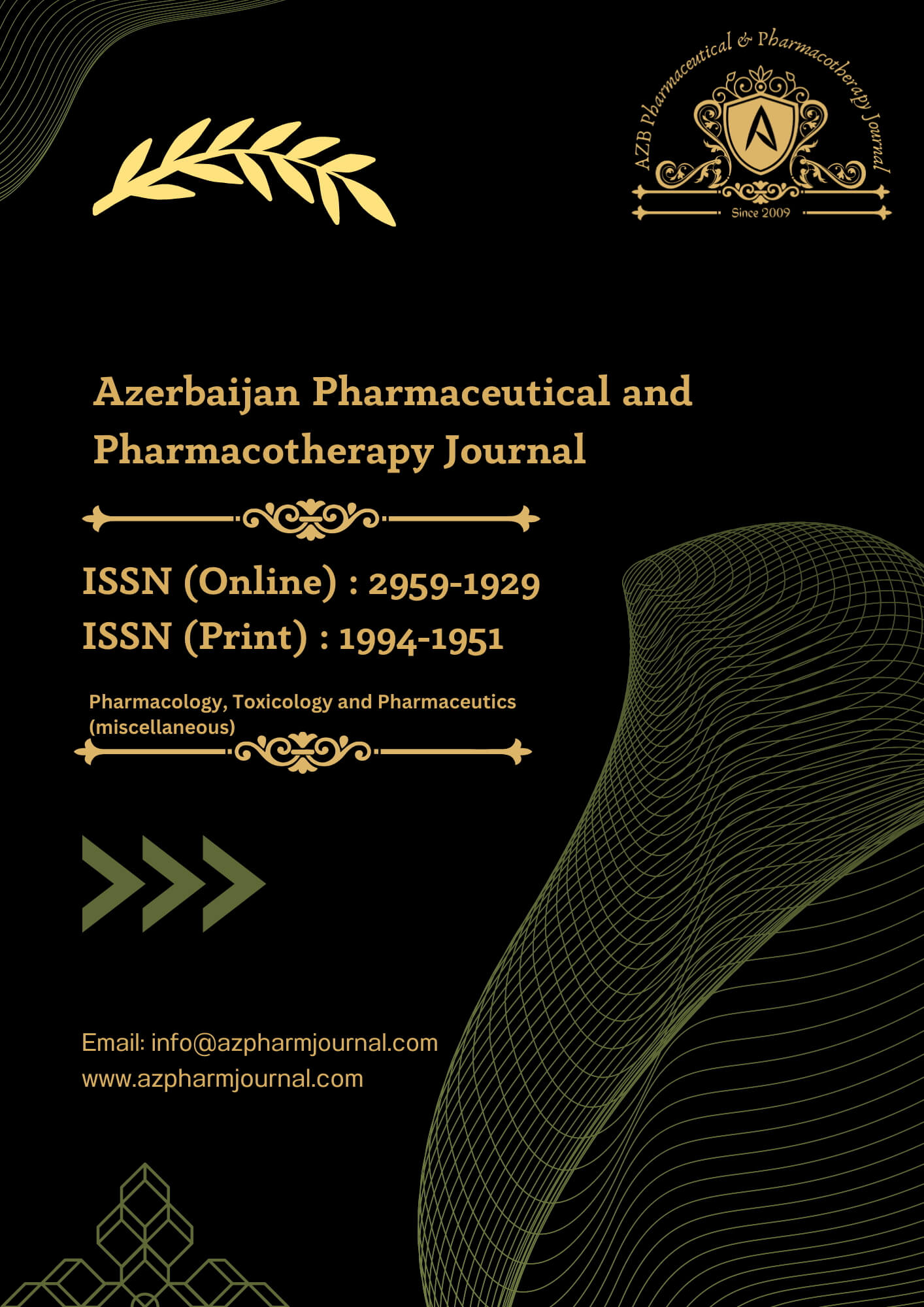Patients which are included in our study were came with chief complaint of pain right Upper abdomen (100%), nausea/ vomiting (100%), fever, yellowish discoloration of eye, were with acidity, bloating. , Peter C Ambe (2016) on “A proposal for preoperative clinical scoring system for Acute cholecystitis” shows that acute cholecystitis’s mostly all cases presents with pain in right upper abdomen and fever. On clinical examination maximum 69 (86 %) patients had tenderness in right hypochondrium (RHC) followed by guarding – rigidity, Anemia, Lump in RHC, palpebral GB, and jaundice. All patients were undergone through USG examination. USG findings were found as murphy’s sign, GB stone in 60 pts., GB wall thickness in 55(69%) patients, pericholecystic fluid in 51 patients, GB distention in 41(59%) patients, CBD dilatation in 7 patients, dirty shadow in 4 patients. Compare with study conducted by cyrus dara jokhi et al (2018) on “study of clinical features, laboratory investigations and radiological finding of gall bladder disease” in this study, USG findings were GB stone in 113 cases, enlarged GB in 61 cases, thickened GB wall in 39. All cases gone through CT scan examination. CT scan examination Finding were – maximum 70 (93%) patients had GB wall thickness followed by pericholecystic fluid in 65(81 %) patients, GB stone in 54 (72 %) patients, GB distention (>4cm) in 44 (55%) patients, increased enhancement of adjacent liver in 32 (42%) patients, CBD dilatation (>6mm) in 9 (12%) patients, Air within the GB lumen or wall in 5 (6%). Compare to study conducted by Ajay a vare etal on “Computed tomography evaluation of acute cholecystitis” shows CT findings pericholecystic fluid in 86.3%, GB distention in 85.5%, wall thickening in 76.3%, GB stone in 58.8% patients. On HPE examination of Gall bladder shows Acute cholecystitis in 62 (71%) patients and Chronic cholecystitis in 18 (29%) patients. Compare to study conducted by Teruyoshi Oda et al., 2021 on “Acute Cholecystitis: Comparison of Clinical Findings from Ultrasound and Computed Tomography” 103 patients taken in study and done laparoscopic cholecystectomy, of which 60 were diagnosed with acute cholecystitis based on histopathology. Among 62 patients of Acute Cholecystitis, 16 had calculous AC, 6 had acute acalculous cholecystitis and remained 40 had acute on chronic cholecystitis with cholelithiasis. Compare to study conducted by ES TAN et al 2018 conducted a study “Acute Cholecystitis: Computed Tomography (CT) versus Ultrasound (US)” There were no patients with a “normal” gallbladder on histology. 49 cases had evidence of acute-on-chronic cholecystitis on histology. Out of these cases, a small proportion (17 cases) showed acute cholecystitis in the absence of cholelithiasis (acalculous cholecystitis).
on comparison of diagnostic accuracy of USG v\s CT, sensitivity was 87 % v/s 95 %, specificity was 42 % v/s 25%, PPV was 78% v\s 92% and NPV was 58% v/s 68%. , CT scan was comparatively more accurately diagnosing acute cholecystitis then USG. When we compare when study conducted by - Joss R. Wertz et al 2018 conducted a study comparing the “diagnostic accuracy of USG and CT in evaluating acute cholecystitis” The sensitivity of CT for detecting AC was significantly greater than that of US: 85% versus 68% (p = 0.043), respectively; however, the negative predictive values of CT and US did not differ significantly: 90% versus 77% (p = 0.24-0.26). Because there were no false-positives, the specificity and positive predictive values for both modalities were 100%, Hamish et al (2014) on “does USG accurately diagnose Acute cholecystitis?” shows diagnostic accuracy parameters of USG and CT respectively- sensitivity 72% & 85%, specificity 100% & 100% , and NPV 77% & 77% . and Teruyoshi Oda et al., 2021 conducted a study “Acute Cholecystitis: Comparison of Clinical Findings from Ultrasound and Computed Tomography”. The sensitivity of US and CT were comparatively analysed on the basis of the histological outcomes. 72% and 85% sensitivity for the diagnosis of acute cholecystitis, respectively. In our study we included only clinically diagnosed patients, improved diagnostic tools and radio diagnostic team with time . that’s why sensitivity of our study in more than these studies.
